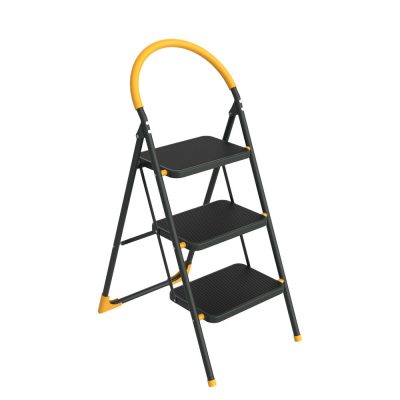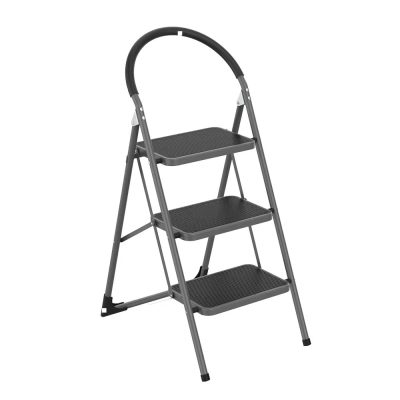Household ladders serve as indispensable tools in every home, facilitating a wide range of tasks that require access to elevated areas. From routine maintenance to ambitious DIY projects, these versatile fixtures play a crucial role in enhancing efficiency and safety. In this article, we’ll delve into the world of household ladders, exploring their types, features, practical applications, and essential safety considerations, offering both professional insights and user-friendly guidance for homeowners.
Introduction to Household Ladders:
Household ladders are more than just functional tools; they are gateways to elevated possibilities. With various types and designs available, each tailored to specific tasks and environments, understanding the nuances of household ladders is vital for homeowners seeking to tackle projects with confidence and ease.
Types of Household Ladders:
Step Ladders: Step ladders feature a self-supporting A-frame design with steps on one side, making them ideal for indoor tasks such as changing light bulbs, reaching high shelves, or painting walls.
Extension Ladders: Extension ladders consist of multiple sections that extend or telescope, providing adjustable height for tasks such as cleaning gutters, trimming trees, or accessing roofs, both indoors and outdoors.
Platform Ladders: Platform ladders offer a flat platform at the top, providing stability and comfort for tasks that require prolonged standing, such as painting ceilings, installing light fixtures, or reaching high cabinets.
Practical Applications:
Household ladders find a multitude of practical applications in everyday life, including:
Routine maintenance tasks like changing light bulbs, smoke alarm batteries, or air filters.
Cleaning tasks such as dusting ceiling fans, washing windows, or clearing out gutters.
DIY projects like painting walls, installing shelves, or hanging curtains and artwork.
Outdoor tasks such as pruning trees, cleaning the exterior of the house, or accessing storage in the garage or shed.
Safety Considerations:
Safety should always be a top priority when using household ladders. Here are some essential safety tips to keep in mind:
Inspect the ladder for any damage or defects before each use.
Place the ladder on a stable and level surface, and use leg levelers or stabilizers if necessary.
Maintain three points of contact when climbing or descending (two feet and one hand or vice versa).
Never stand on the top two steps of a step ladder or above the designated highest standing level on extension ladders.
Do not exceed the maximum weight capacity specified by the manufacturer.
Always follow the manufacturer’s instructions for proper setup and use of the ladder.
Conclusion:
In conclusion, household ladders are indispensable tools that empower homeowners to tackle a wide range of tasks with confidence and efficiency. By understanding the different types of household ladders, their features, practical applications, and safety considerations, homeowners can select the appropriate ladder for their specific needs and ensure safe and successful outcomes. With the right ladder at hand, reaching new heights becomes a manageable and rewarding endeavor, enabling homeowners to maintain and improve their living spaces with ease.







